Sudden Concern with Silica
Increasing Use
Why the sudden concern with silica? Silica is a major component of planet Earth and has been from the beginning of time. As a result, mankind has always been exposed to silica. However, exposure is higher than ever. This is because of increased activity in the construction and industrial areas.
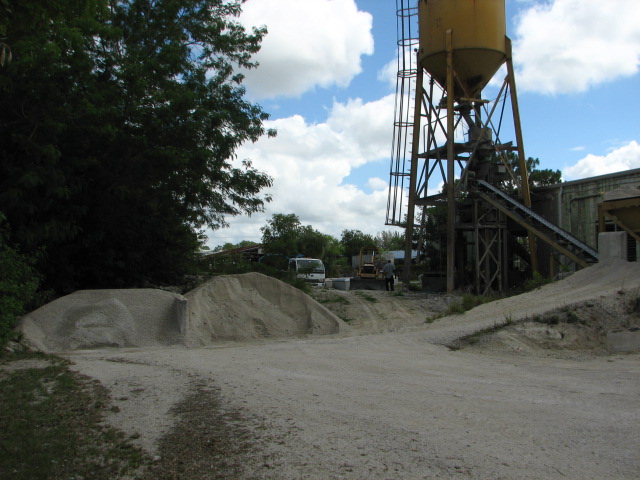
Lower Limits
OSHA’s (U.S. Occupational Safety & Health Administration’s, https://www.osha.gov) silica limits are now lower due to the sudden concern with silica a few years ago. To explain, these limits are OSHA’s Permissible Exposure Limits (PELs). Because of the sudden concern with silica, OSHA lowered the PELs for three sectors of workers. Explaining further, those sectors are general industry (29 CFR 1910), maritime industry (29 CFR 1915, 1917, & 1918), and construction (29 CFR 1926).
Disease, the Real Concern with Silica
In the 1930’s, the United States became concerned with silica and the resulting disease silicosis. It is unknown why it suddenly came to the forefront. However, read on for more information on silicosis.
Silica Defined
Silica is a chemical compound, which by definition means there are at least two chemical elements. Firstly, is silicon (Si) which has metallic and non-metallic properties and makes up a large part of the earth’s crust. Secondly, is oxygen (O), which we all know human beings need to survive. Thirdly, comes the chemical reaction where one atom of silicon combines with two atoms of oxygen. Silicon dioxide or SO-2 is the resulting compound. Silica or sand is the common name. Silica makes up quartz, sand, and other substances. Finally, silica occurs in concrete, granite, slate, sandstone, and sandpaper, among other things.
Concern with Silica & Workers
Exposure Routes
Silica can enter the body via three routes. Firstly, it can enter through the skin, known as dermal exposure. Secondly, it can enter through the mouth and digestive system, known as ingestion. Finally, silica can enter the body through the respiratory tract, known as inhalation. Of those three routes, inhalation is the most significant and worst route, because it can end up in the worker’s lungs. As a result, the worker can develop silicosis. Even more important, the greater the exposure the greater the likelihood of silicosis.
Effect on the Body
Silicosis is the respiratory condition that can result from breathing in silica. It is a terrible disease which affects countless workers exposed to silica dust. Here is a link to OSHA’s video on silicosis: https://www.youtube.com/watch?v=HAByIIzQSuU . It is short and to the point. It makes a strong point for avoiding silica exposure.
Testing Workers
ESC has lots of experience testing for silica. The firm has tested at various construction job sites under real and worst case conditions. Typically, this is done where concrete is being cut, milled, or drilled.
ESC has tested at manufacturing plants where granite counter tops are made, concrete products are constructed, roofing shingles are manufactured, and fertilizer is compounded, plus at a college where pottery is made. ESC’s Certified Industrial Hygienist (CIH, http://www.abih.org) works with ESC’s staff level industrial hygienists in designing testing projects, interpreting the results, and preparing the report. More information is available on ESC’s web site.

Conclusion
Contact ESC (https://www.escflorida.com/contact/) for silica testing or more information. ESC has been providing such testing in the industrial hygiene area for over thirty years and has a Certified Industrial Hygienist (CIH). The staff has the credentials and experience to help with all silica testing and consulting needs. ESC strives to respond immediately to all inquiries. Contact ESC today!

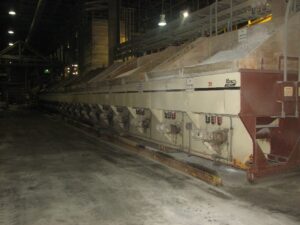 first and as a last resort personal protective equipment (PPE). Why is PPE considered a last resort? Because it is the last line of defense. If it fails, your workers may be ex-posed to hazardous airborne concentrations. Therefore, OSHA prefers that the hazard be eliminated or reduced to a level that is either nonhazardous or is as low as reasonably achievable.
first and as a last resort personal protective equipment (PPE). Why is PPE considered a last resort? Because it is the last line of defense. If it fails, your workers may be ex-posed to hazardous airborne concentrations. Therefore, OSHA prefers that the hazard be eliminated or reduced to a level that is either nonhazardous or is as low as reasonably achievable.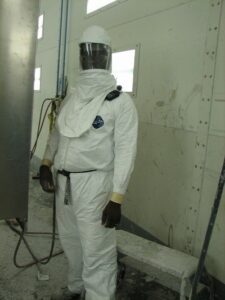 Assuming that you are in charge of Safety, you need to control the selection and must make sure that the players understand the objective. You want to be clear and concise. For example, you may advise the players that our objective is to determine if our painters applying the primer and finish coats are being overexposed to methylene chloride. They spray the paints off and on for a total of six hours during their eight hour shift five days a week. We have exhaust ventilation in the paint spray booths and they wear full facepiece air purifying respirators equipped with organic vapor filters piggybacked with particulate filters. Assuming the respirators have the proper protection factor, what are they exposed to if the respirator fails or they do not don it properly? We want to know what the airborne methylene chloride concentration is on an eight hour time weighted average (TWA) basis and on a fifteen to thirty minute short-term basis. Does it exceed the limits of OSHA (
Assuming that you are in charge of Safety, you need to control the selection and must make sure that the players understand the objective. You want to be clear and concise. For example, you may advise the players that our objective is to determine if our painters applying the primer and finish coats are being overexposed to methylene chloride. They spray the paints off and on for a total of six hours during their eight hour shift five days a week. We have exhaust ventilation in the paint spray booths and they wear full facepiece air purifying respirators equipped with organic vapor filters piggybacked with particulate filters. Assuming the respirators have the proper protection factor, what are they exposed to if the respirator fails or they do not don it properly? We want to know what the airborne methylene chloride concentration is on an eight hour time weighted average (TWA) basis and on a fifteen to thirty minute short-term basis. Does it exceed the limits of OSHA ( The specific industrial hygiene testing depends on the source of the hazard and the operation. In general, the first step is to define the objective of the testing. For example, the objective may be to determine if there is an oxygen deficient atmosphere in a chemical vat during a cleanout operation. Details are needed on the operation to establish the testing approach. For the vat example, the operation may involve two maintenance employees who clean out the vat during a four hour period once a week. The vat is emptied and dried out on Friday. On Monday, the two employees are lowered down into the vat after donning personal protective equipment. They use absorbent cleaning towels and an innocuous cleaner. The next step is to determine how the objective will be met.
The specific industrial hygiene testing depends on the source of the hazard and the operation. In general, the first step is to define the objective of the testing. For example, the objective may be to determine if there is an oxygen deficient atmosphere in a chemical vat during a cleanout operation. Details are needed on the operation to establish the testing approach. For the vat example, the operation may involve two maintenance employees who clean out the vat during a four hour period once a week. The vat is emptied and dried out on Friday. On Monday, the two employees are lowered down into the vat after donning personal protective equipment. They use absorbent cleaning towels and an innocuous cleaner. The next step is to determine how the objective will be met.
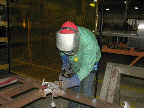 Another option for an operation that is established and being used is to monitor the complaints or adverse health conditions. Then those are compared to potential health impairments identified on the Safety Data Sheet. This may actually tell you what the constituent of most concern is. Take note that we are not recommending this approach since it can put workers at unacceptable risk. However, we have had enough years in the field that tell us processes are often established and used regularly without the proper evaluation.
Another option for an operation that is established and being used is to monitor the complaints or adverse health conditions. Then those are compared to potential health impairments identified on the Safety Data Sheet. This may actually tell you what the constituent of most concern is. Take note that we are not recommending this approach since it can put workers at unacceptable risk. However, we have had enough years in the field that tell us processes are often established and used regularly without the proper evaluation.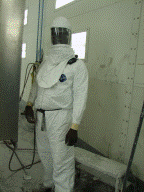 Let’s say the operation is spray painting a finished metal part before shipping. The part comes into the paint spray booth already deburred and sanded. It is ready to paint. The operation involves the following tasks:
Let’s say the operation is spray painting a finished metal part before shipping. The part comes into the paint spray booth already deburred and sanded. It is ready to paint. The operation involves the following tasks: The application of the term recognition in the industrial hygiene field is the identification of a hazard. It may be one that is obvious and you are familiar with or it may be hidden and unknown to you. An example of a known obvious hazard would be a dust cloud surrounding a worker dry sawing concrete. Most people would recognize the dust as being a potential respiratory hazard and many would take it a step further and recognize that the silica most likely in the dust can cause silicosis. On the other hand, a hidden hazard may be an oxygen deficient atmosphere in a confined space. You cannot see the oxygen deficiency and you may not be aware that it is a potential hazard. However, the atmosphere could result in asphyxiation and death.
The application of the term recognition in the industrial hygiene field is the identification of a hazard. It may be one that is obvious and you are familiar with or it may be hidden and unknown to you. An example of a known obvious hazard would be a dust cloud surrounding a worker dry sawing concrete. Most people would recognize the dust as being a potential respiratory hazard and many would take it a step further and recognize that the silica most likely in the dust can cause silicosis. On the other hand, a hidden hazard may be an oxygen deficient atmosphere in a confined space. You cannot see the oxygen deficiency and you may not be aware that it is a potential hazard. However, the atmosphere could result in asphyxiation and death.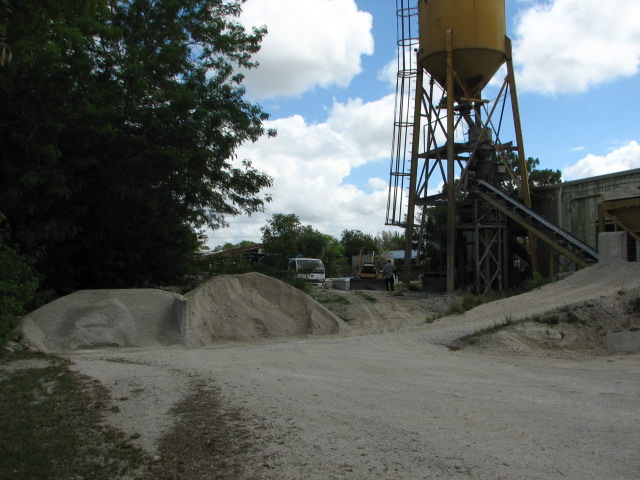 Many of the industrial hygiene hazards in construction are the same as in manufacturing. However, certain sources are more unique or prevalent due to the nature of construction. Examples are concrete installation, finishing, and removal; paver installation; remodeling and demolition involving lead based lead paint, asbestos containing materials, bird feces, mold, and bacteria; digging in soil; and painting.
Many of the industrial hygiene hazards in construction are the same as in manufacturing. However, certain sources are more unique or prevalent due to the nature of construction. Examples are concrete installation, finishing, and removal; paver installation; remodeling and demolition involving lead based lead paint, asbestos containing materials, bird feces, mold, and bacteria; digging in soil; and painting.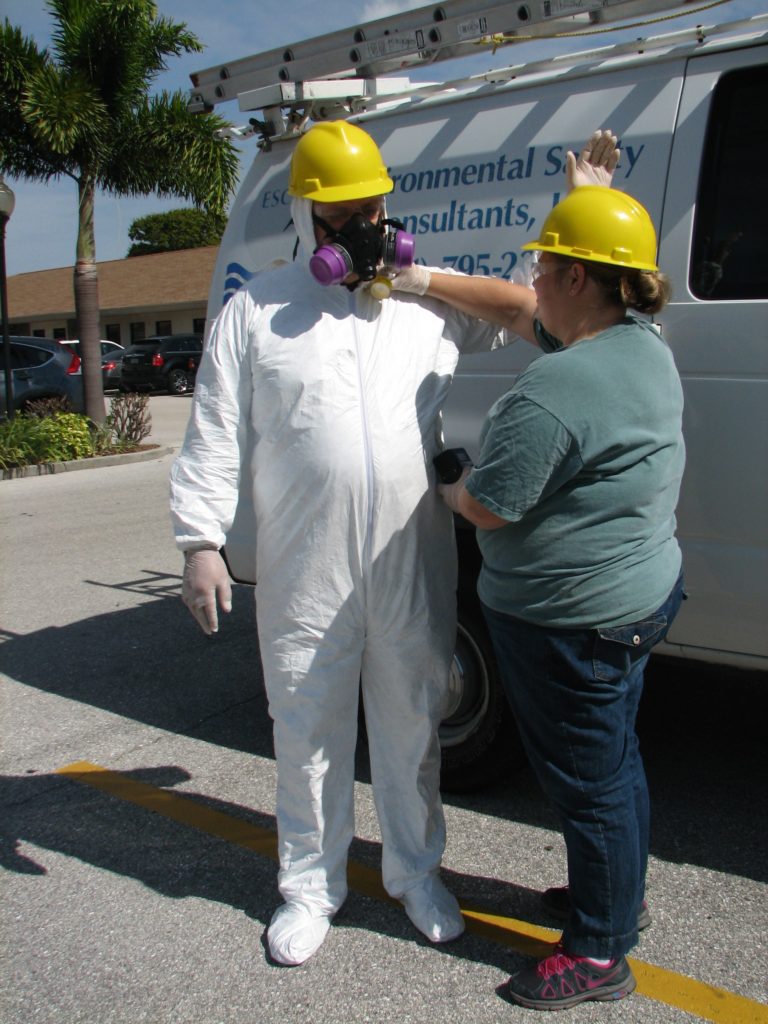 The term raises a lot of questions from the general public. They often include whether it is similar to dental hygiene or if it is a prescribed procedure for manufacturers to wash their hands? It has been suggested over the years that perhaps industrial hygiene be replaced with occupational hygiene. Maybe so, but that is not self-evident either. Industrial hygiene concerns the recognition, evaluation, and control of hazards in the work environment. It has evolved over the last couple thousand years and like a lot of things, exploded with the Industrial Revolution in the late 1800’s. It involves identifying hazards on the job that can affect the health of workers. It has grown out of the manufacturing sector, was applied directly to the construction and maritime industries, and now includes virtually any work environment with the recognition of hazards from asbestos, radon, mold, silica, indoor air quality, and, yes, most recently the novel coronavirus causing the COVID-19 pandemic.
The term raises a lot of questions from the general public. They often include whether it is similar to dental hygiene or if it is a prescribed procedure for manufacturers to wash their hands? It has been suggested over the years that perhaps industrial hygiene be replaced with occupational hygiene. Maybe so, but that is not self-evident either. Industrial hygiene concerns the recognition, evaluation, and control of hazards in the work environment. It has evolved over the last couple thousand years and like a lot of things, exploded with the Industrial Revolution in the late 1800’s. It involves identifying hazards on the job that can affect the health of workers. It has grown out of the manufacturing sector, was applied directly to the construction and maritime industries, and now includes virtually any work environment with the recognition of hazards from asbestos, radon, mold, silica, indoor air quality, and, yes, most recently the novel coronavirus causing the COVID-19 pandemic.